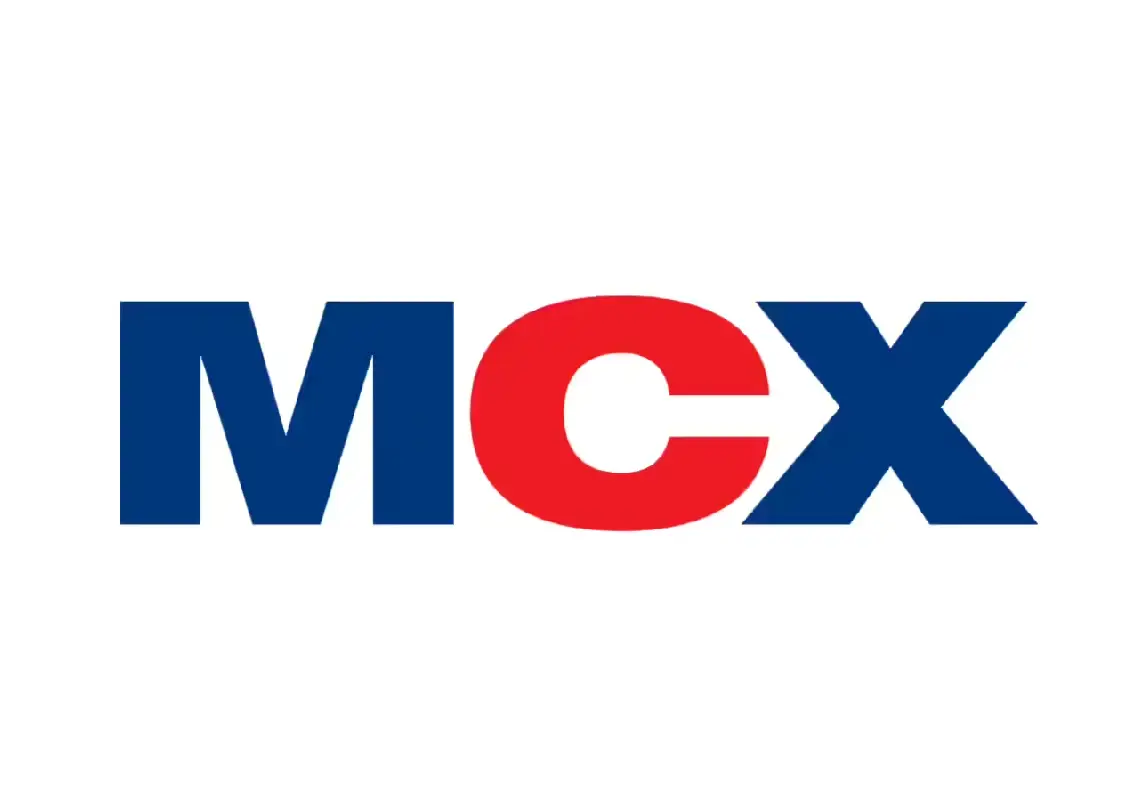Copyright Inc. Magazine

Each enterprise is as unique as the family that leads it, and thus requires customized structures. EXPERT OPINION BY MATT ALLEN, JOHN L. WARD CLINICAL PROFESSOR OF FAMILY ENTERPRISE, KELLOGG SCHOOL OF MANAGEMENT Nov 2, 2025 Photo: Getty Images I see it all the time. When teaching MBA students and executives from family enterprises, so many of them make the same mistake. They take a check-the-box approach to building governance structures and policies, whether related to a board, family council, family office, or others. “We must incorporate all of these governance elements,” family leaders reason, without considering why. The result: governance systems that do not match the needs of the organization. It’s a problem with multiple causes. Fortunately, it has an elegant solution from the field of innovation: adapting the concept of “jobs to be done.” The danger of one-size-fits-all Part of the problem here is rooted in growing knowledge about the field as a whole. As this domain has grown, so has the number of consultants, bankers, wealth managers, brokers, attorneys, psychologists, and other service-providers eager to tell families how to better govern their enterprises. The result of the efforts by service providers to scale advice market-wide can mean commoditization of solutions. The result is that families believe they need a certain portfolio of governance “products,” regardless of the specific nature of the family and its enterprise. This can quickly turn into the check-the-box approach. Instead of thinking of strategic purposes, families play governance bingo with an implicit belief that families must have a specific set of policies and structures to be successful. The problem exacerbates as families see what other families are doing. It’s like seeing someone else with a family office and concluding, “Surely, we need that too!” There’s no such thing as a specific set of best practices when it comes to family enterprise governance. Each enterprise is as unique as the family that leads it, and thus requires customized governance. For example, would you go to a doctor who provided the same treatment to every patient, regardless of their condition? I hope not. Featured Video An Inc.com Featured Presentation The “jobs to be done” framework To work toward finding the right governance system for their needs, families can make use of the “jobs to be done” framework. This is a concept popularized by Clayton Christensen in his book The Innovator’s Solution. The core idea is that organizations should think of customers as hiring a product to do a certain job for them, such as solving a practical problem or serving an emotional need. The approach’s brilliance is in shifting thinking from the product to the end user by focusing on the job the product must perform. This results in a design that actually meets the customer’s needs, benefiting both the customer and the business. Families can similarly apply the framework to the design of their governance systems. They can move from a check-the-box, product approach to understanding who the governance systems are serving and what it is that they want them to accomplish. 4 steps to shift your thinking Here are four easy steps to take this “jobs to be done” approach to your governance system. Define the customer. Too many families overlook this step in the rush to adopt governance elements. Who will be the customer of a given governance system or component—owners, family employees or prospective ones, or the whole family? Rather than asking, “Do we need a board?” think about whose needs may be served by a board as a starting point. Identify the job(s) the customer needs done. This may seem simple, but it can be more complicated than you think to overcome preconceived ideas of what certain governance structures “should” do or look like. To continue the example of a board, and assuming the customer is the family, what does the family need from a board? What would the family hire a board to do for them? Perhaps it’s for oversight, strategic insights, or credibility? The answers to this question are crucial for the next step in the process. Design the product to fulfill those needs. With the customer identified and the job defined, design the product (family office, family council, board of directors, family protocol, or employment policy) to meet those needs. Be careful with this step, because most governance, left unattended, can revert to its commoditized form. For example, board members without direction from the customer will tend to act in the same ways they have in the past. Assess success. Is it working? Return regularly to the customer to confirm they are happy with the structure or practice they “hired” and adjust as needed to address evolving needs. What jobs do you want your governance system to do for the family and enterprise? That’s the question more families in business need to ask. The ideas here will help you do that and reap the rewards of governance components designed just for you. The opinions expressed here by Inc.com columnists are their own, not those of Inc.com.



